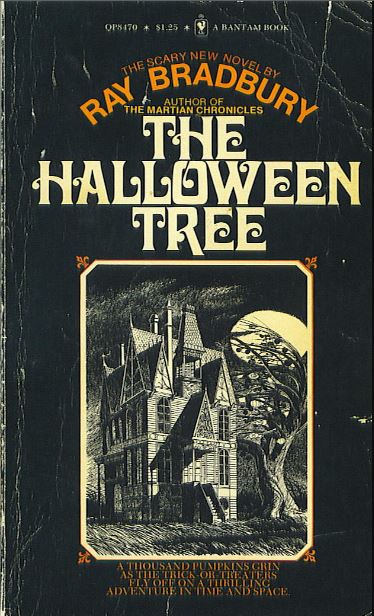Poems are a fun, complex thing. They can take many forms, from acrostic to haikus. Likewise, some poems take the sestina verse form, which have their own complex way about them. In this post, we will define these types of poems and look at a few examples.
Background
The sestina was developed by Arnaut Daniel, who was a troubadour during the 12th century, and the first known example of his craft was “lo ferm voler qu’el cor m’intra,” which was written around 1200.
Many sestinas were about “courtly love” and were practiced by Dante and Petrarch. Similarly, the form has taken on many variations, including double sestinas and tritina (poets.org).
Definition
As mentioned, poems are intricate, and sestina verse form is a great example of that complexity.
“The sestina is a complex, thirty-nine-line poem featuring the intricate repetition of end-words in six stanzas and envoi” states some sources (poets.org). An envoi, in this case, is just a brief stanza at the end of a poem that either addresses the poem or acts as explanatory remarks.
“The end words of the first stanza are repeated in a different order as end words in each of the subsequent five stanzas; the closing envoi contains all six words, two per line, placed in the middle and at the end of the three lines” (poetryfoundation)
A sestina would look like this in scheme:
ABCDEF
FAEBDC
CFDABE
ECBFAD
DEACFB
BDFECA
ECA or ACE
Examples of Sestinas
- Elizabeth Bishop’s “A Miracle for Breakfast”
- Camille Guthrie’s “Beautiful Poetry”
- John Ashbery’s “Farm Implements and Rutabagas in a Landscape.”
Works Cited
“Glossary of Poetic Terms: Sestina.” Poetry Foundation. Web, poetryfoundation.org
“Sestina.” Poets.org. Web, poets.org
Discover more from The Writing Post
Subscribe to get the latest posts sent to your email.



